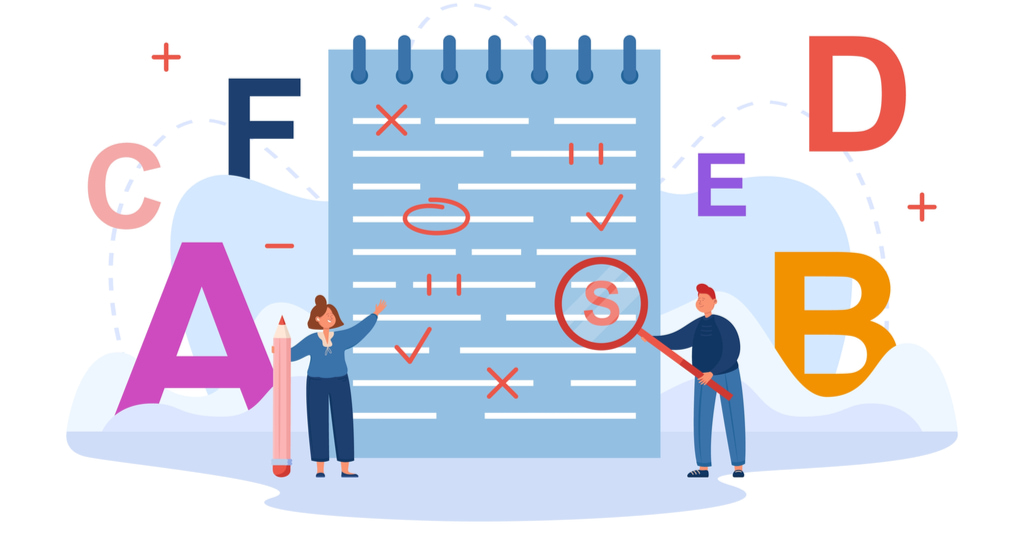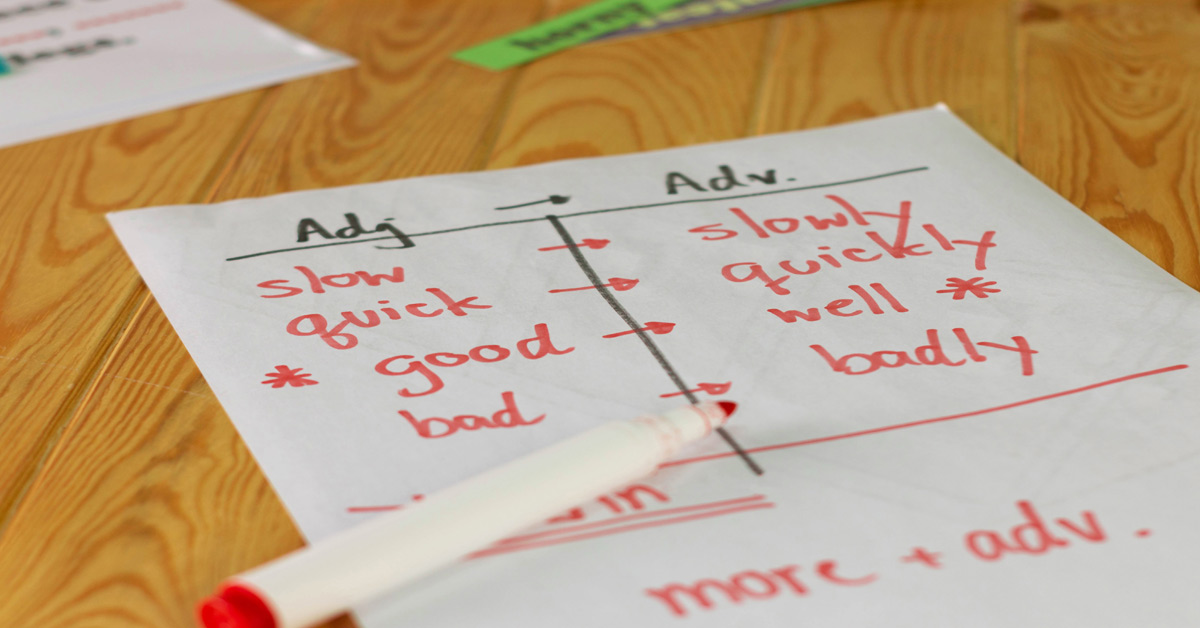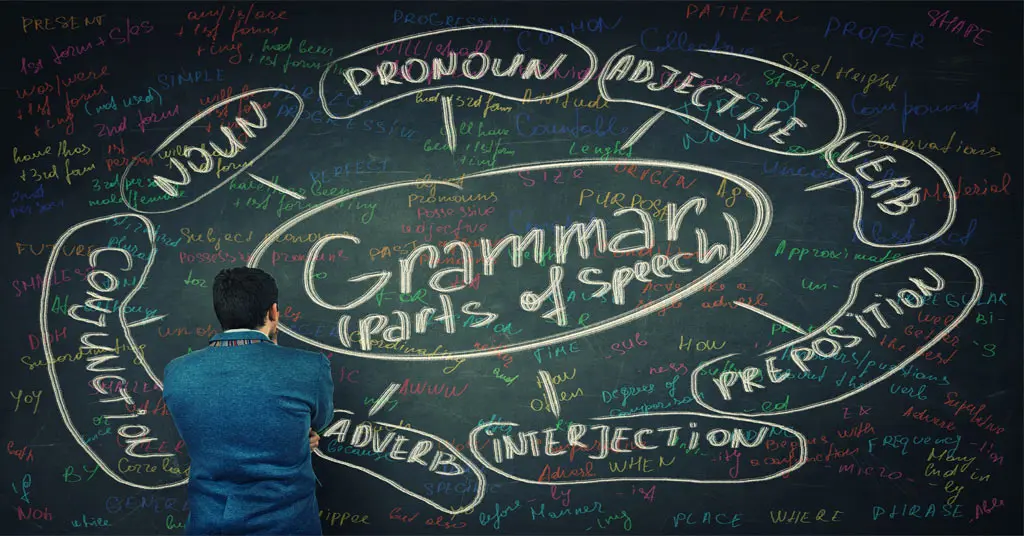The ACT® English exam consists of 75 questions and lasts a total of 45 minutes. On the exam, you will read five passages and answer multiple-choice questions that follow these passages. Some questions refer to underlined material, and other questions refer to sections of the text or the passage as a whole.
The ACT English exam consists of three subsections: Production of Writing, Knowledge of Language, and Conventions of Standard English. Conventions of Standard English questions include an assessment of your skills with punctuation usage and sentence structure.
The Conventions of Standard English questions that focus on punctuation require you to recognize errors and select the answer choice that improves the writing. Some common errors you will have to work with in this question type include mistakes with colon usage, semicolon usage, and dashes.
Practice recognizing when underlined material contains punctuation errors. You can strategize by evaluating the answer choices. If the underlined text or answer choices include a colon, semicolon, or a dash, you will need to know if an improvement is available or if “NO CHANGE” is necessary.
Here is a breakdown of the rules you need to know in order to recognize and correct errors related to colons, semicolons, and dashes in ACT English. Be sure to memorize each rule and look at examples to better understand what a punctuation error can look like. Remember, some answer choices may sound right without being grammatically correct.
Colon Rules
The ACT exam will assess your knowledge of colon usage most dominantly through these two rules:
- A colon can be used to link one independent clause to another.
- A colon can be used to introduce a list.
To check for correct usage, be sure that the colon follows a complete sentence. If the colon cannot be replaced by a period, then you may need to edit the punctuation. On the ACT exam, colons are often used to precede an explanation or a list.
Here are some examples of colons used incorrectly:
The packing list was limited to the basics like: shoes, clothes, a toothbrush, and soap.
Aunt Julie loves to travel and: warm beaches and historic landmarks are her favorite destinations.
The clauses before the colons are not complete sentences.
Here are some examples of colons used correctly:
The packing list was limited to the basics: shoes, clothes, a toothbrush, and soap.
Aunt Julie loves to travel: warm beaches and historic landmarks are her favorite destinations.
Semicolon Rules
The ACT exam will assess your knowledge of semicolons through these rules:
- You can use semicolons to divide two complete thoughts.
- If a semicolon cannot be replaced by a period, it has been used incorrectly, and you will have to edit the punctuation of the sentence.
Here is an example of a semicolon used incorrectly:
Because she had to babysit her little sister; she did not get to go to the party on Saturday.
This semicolon is being used to separate one incomplete thought and one complete thought. The sentence should be edited so that it separates two complete thoughts.
Here is an example of a semicolon used correctly:
She had to babysit her little sister; she did not get to go to the party on Saturday.
Dash Rules
The ACT English exam will also assess your skills with dashes. Here are some rules to keep in mind:
- Dashes should be used to distinguish a clause that is not essential from the rest of the sentence.
- Dashes can be used to precede an explanation or a list.
- Using commas and dashes together to distinguish non-essential clauses is incorrect.
Here is an example of a dash that is used incorrectly.
My little brother, who is seven — is obsessed with dinosaurs.
Here is an example of a dash used correctly:
My little brother — who is seven — is obsessed with dinosaurs.
Here is an example of a dash preceding a list:
The famous dessert recipe required some basic ingredients — flour, sugar, eggs, milk, and baking powder.
You can prepare for the ACT English exam using UWorld’s ACT Prep Course. The prep course offers thousands of practice questions including questions on colons, semicolons, and dashes on the ACT English exam. These prep courses are designed to help you gain experience with the style and the level of difficulty that you will face on the official ACT exam.
If you struggle with punctuation rules, then practice is key. Our prep course also offers detailed answer explanations. You can use this tool to deepen your understanding of the punctuation rules necessary for spotting and improving errors in the Standard English Conventions section of the ACT English exam.
Lastly, our prep course offers performance tracking tools that are extremely beneficial in pinpointing your weak areas. Spend time on the questions, subsections, or sections that you continually falter on and you are sure to boost your scores. Check out UWorld’s ACT prep course to streamline your study plan and reach your full scoring potential on the ACT exam.




